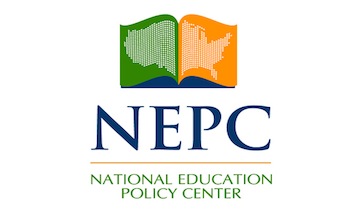
NEPC Counters “Charter School Myths” Report from the National Association of Public Charter Schools
The National Education Policy Center (NEPC), headquartered at the University of Colorado in Boulder, has pointed out key flaws in a report published last year by the National Association of Public Charter Schools (NAPCS) that purported to de-bunk several myths about charter schools.
The major problem with the NAPCS report, according to the NEPC analysis is simple: It is an advocacy, not a research document.
Rather than de-bunking certain myths, the NEPC found that, in fact, the NAPCS report, “Separating Fact & Fiction: What You Need to Know about Charter Schools” perpetuated the very “myths” they were trying to un-do. Here is the bottom line for the reviewers:
“… The report relies almost exclusively on other advocacy documents, does not give a balanced or thorough examination of any of the ‘myths,’ and does not provide more than superficial research evidence to support its position that the myths are indeed false…”
There are 21 alleged “myths” NAPCS wanted to dispose of, including claims that charter schools are allowed to remain open despite failing grades, they cherry-pick kids, get more money that public schools, aren’t in fact public schools, and perform poorly – many of the problems outlined by the Ohio Charter School Accountability Project and other charter school advocates here in Ohio.
Citing peer-reviewed research and other straight-forward data, the NEPC report shows that the vast majority of the “myths” are actually true, or not nearly as “mythological” as NAPCS wants to make out.
For example, when NAPCS tries to bust the myth that charter schools are no better than public schools, NEPC points out that NAPCS ignores the most in-depth study ever done on the subject, as well as myriad others, resulting in “the clear answer that … after controlling for student demographics, charter schools show test-score results at levels that are not meaningfully better or worse than district schools. Thus, the criticism (“myth”) is very accurate.”
“This report will not be useful to the discerning policy-maker,” NEPC concludes. “It is misleading and superficial. Perhaps its greatest utility will be in providing advocates with debate rejoinders.”
